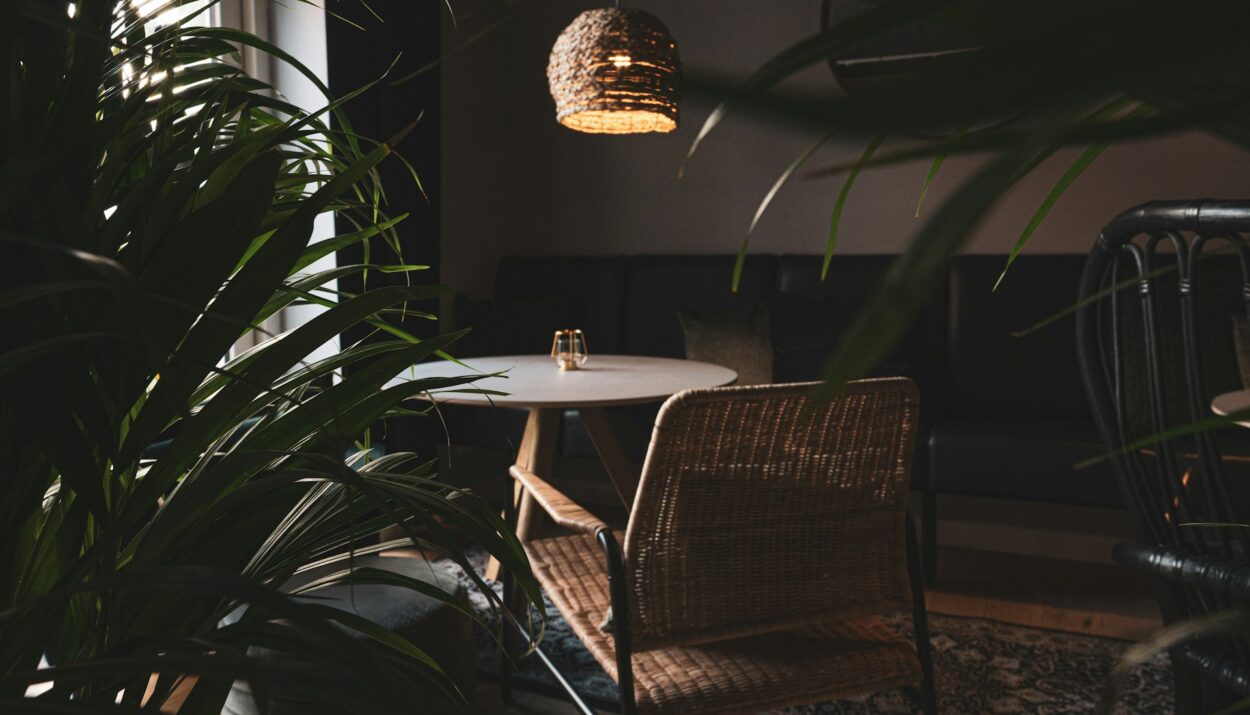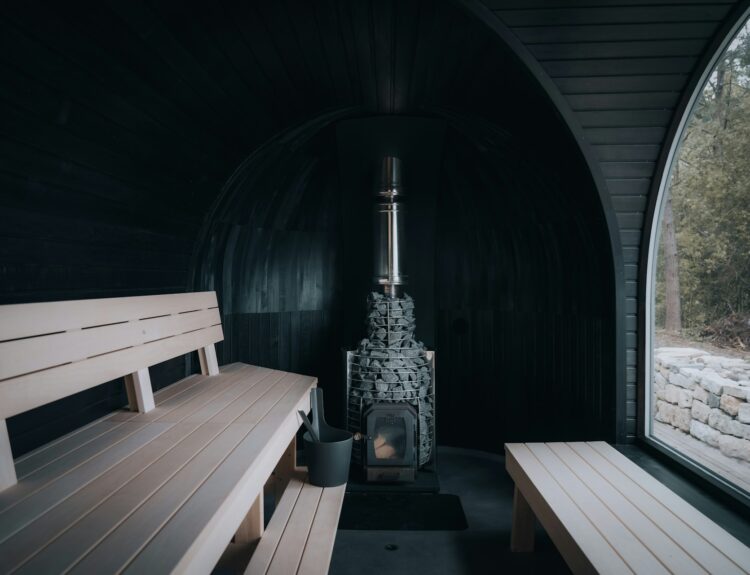Modern life has compressed our daily existence into two primary locations: home and work. We shuttle between these spaces, often forgetting that humans historically thrived in a third environment—one that fostered community, creativity, and personal growth.
Sociologist Ray Oldenburg coined the term “third place” to describe these neutral grounds where people gather, connect, and recharge outside their domestic and professional spheres.
The absence of meaningful third places has contributed to rising rates of loneliness, decreased social cohesion, and a general sense of disconnection that many people experience.
Research shows that individuals with access to creative spaces and community hubs report higher levels of life satisfaction and stronger social networks. Understanding the importance of third places becomes crucial for anyone interested in lifestyle design and social wellness.
These environments serve as catalysts for personal development, creative expression, and meaningful relationships that enrich our daily experience beyond the confines of our homes and offices.
Understanding Third Places and Their Social Impact
Third places occupy a unique position in our social ecosystem. Unlike home, where we maintain privacy and family relationships, or work, where professional hierarchies and productivity demands dominate, these spaces operate under different social rules.
Characteristics of Effective Third Places
Successful third places share several defining features that make them conducive to social wellness. They remain accessible to diverse groups of people, regardless of economic status or background.
The atmosphere feels informal and relaxed, encouraging spontaneous conversations and interactions that might not occur elsewhere. These environments typically function as neutral territory where status differences become less pronounced.
A coffee shop regular might be a CEO or a student—their professional identity matters less than their presence in the shared space. This leveling effect creates opportunities for connections across traditional social boundaries.
The Role of Creative Spaces in Community Building
Creative spaces represent a particularly powerful subset of third places. Art studios, maker spaces, community gardens, and music venues all provide opportunities for collaborative creation while fostering social connections.
These environments encourage both individual expression and collective projects that strengthen community bonds. When people engage in creative activities together, they often experience a flow state that reduces social barriers and promotes authentic connections.
Working alongside others on artistic projects, learning new skills, or simply observing creative processes can spark conversations and relationships that extend beyond the physical space.
Modern Challenges to Third Place Development
Several factors have contributed to the decline of traditional third places in contemporary society. Urban planning that prioritizes car-centric development has reduced walkable neighborhoods where local gathering spots might naturally emerge.
Commercial real estate costs have made it difficult for small, community-oriented businesses to survive.
Digital Displacement and Its Limitations
Social media and online communities have attempted to fill the void left by disappearing physical third places. While digital platforms offer certain benefits, they cannot replicate the full sensory experience and spontaneous encounters that occur in shared physical spaces.
Online interactions, though valuable, lack the non-verbal communication cues, spatial awareness, and serendipitous meetings that characterize meaningful third places.
The curated nature of digital personas also creates different social dynamics than those found in casual, face-to-face environments.
Economic Pressures on Community Spaces
Rising property values and changing consumer habits have threatened many traditional third places. Independent bookstores, local cafes, and community centers face pressure from chain establishments and online alternatives.
This economic reality has reduced options for authentic community gathering spaces in many neighborhoods.
Creating Your Personal Third Place Strategy
Developing a relationship with third places requires intentional effort and experimentation. Different personalities and lifestyles will be drawn to different types of environments, making personal exploration essential for finding spaces that truly support social wellness.
Identifying Compatible Environments
Start by considering activities that genuinely interest you rather than spaces you think you should enjoy.
If you prefer quiet contemplation, a bustling community center might feel overwhelming, while a library reading room could provide the perfect balance of solitude and subtle social presence.
Creative spaces offer particularly rich opportunities for those seeking both personal growth and social connection. Photography clubs, writing groups, pottery studios, and woodworking shops all provide structured reasons to gather while leaving room for organic relationship development.
Building Consistent Presence
Regular attendance at chosen third places allows relationships and community feeling to develop naturally. Becoming a familiar face creates opportunities for deeper conversations and collaborative projects that enhance both creative expression and social wellness.
Consistency doesn’t require daily visits, but it does mean showing up predictably enough that others can anticipate your presence. This reliability forms the foundation for the informal social networks that make third places valuable.
Lifestyle Design Through Community Integration
Incorporating third places into your routine represents a form of lifestyle design that prioritizes social wellness alongside personal productivity. This approach recognizes that human flourishing depends on more than efficient work habits and comfortable home environments.
Balancing Structure and Spontaneity
Effective use of third places requires balancing planned activities with openness to unexpected encounters.
While joining specific groups or classes provides structure, allowing time for unscheduled conversations and collaborative opportunities often yields the most meaningful connections.
This balance supports both individual creative goals and community building. You might attend a weekly art class for skill development while remaining open to informal collaborations that emerge from casual conversations with fellow participants.
Expanding Social Networks Organically
Third places facilitate network expansion in ways that feel natural rather than transactional. Unlike professional networking events, where interactions often feel forced or agenda-driven, relationships that develop in creative spaces tend to be based on shared interests and genuine compatibility.
These organic connections often prove more lasting and multifaceted than purely professional relationships. A person you meet at a community garden might become a creative collaborator, a friend for social activities, or a resource for entirely unrelated challenges.
The Future of Third Places in Social Wellness
Understanding the importance of third places becomes increasingly crucial as society grapples with isolation and disconnection. Communities that prioritize creative spaces and gathering places tend to show higher levels of social cohesion and individual well-being.
Urban planners and community leaders are beginning to recognize third places as essential infrastructure rather than luxury amenities. This shift in perspective could lead to more intentional development of spaces that support both individual creativity and community connection.
The integration of third places into personal lifestyle design represents a proactive approach to social wellness that addresses modern challenges while honoring fundamental human needs for creativity, community, and belonging.
By seeking out and regularly engaging with these spaces, individuals can create richer, more connected lives that extend far beyond the boundaries of home and work.





